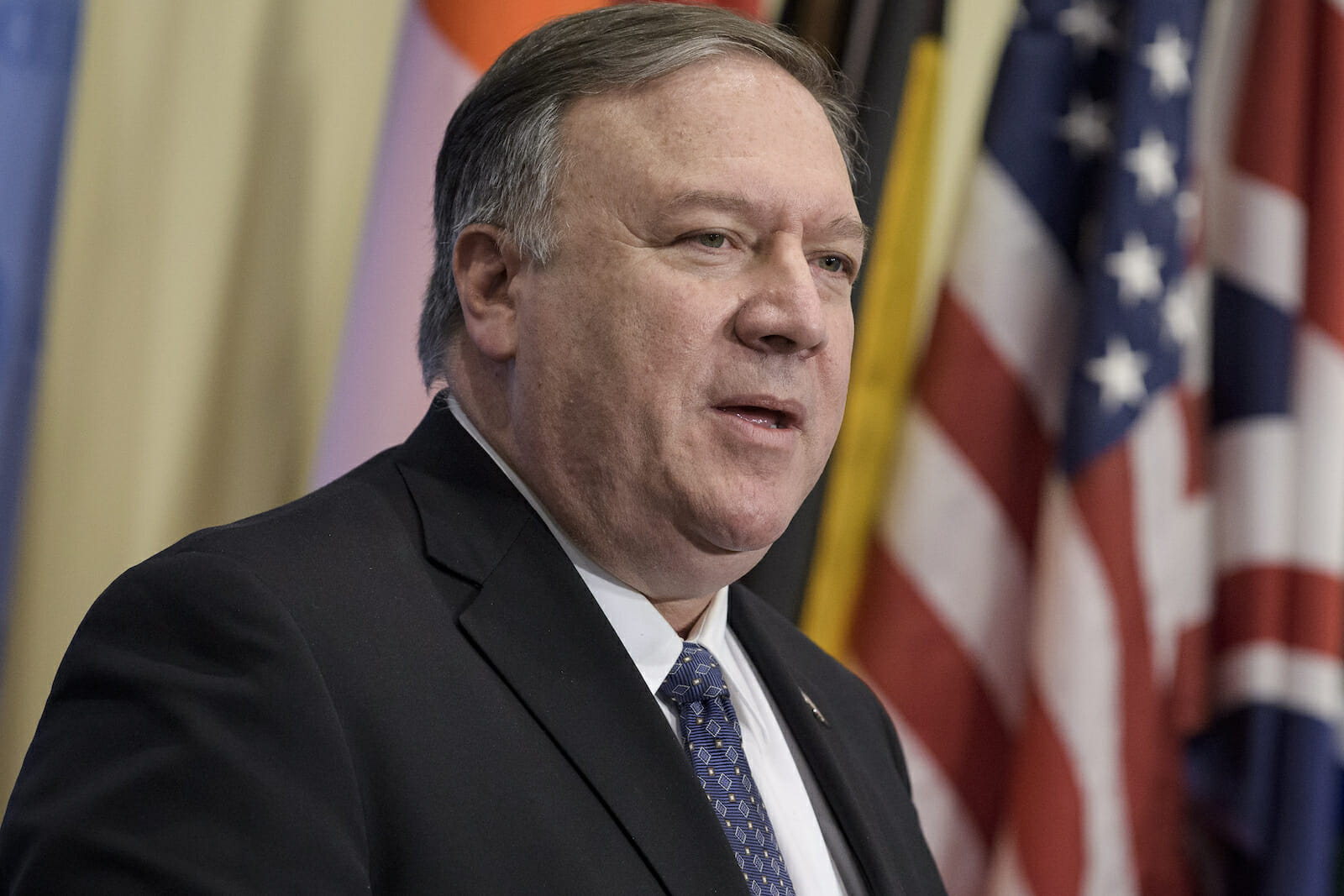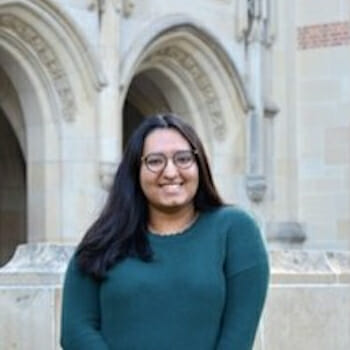
Latinx Representation in U.S. Foreign Policy
Latinos constitute a large portion of the population in the United States and are a major contribution to the workforce. The U.S. Census Bureau reports that Hispanics/Latinos make up about 18.1% of the population while making up 16.1% of the labor force. By contrast, the U.S. Department of State reported in 2016 that 6.8% of its full-time employees are Hispanics.
While there was a surge in diversity among Foreign Service Officers (FSOs) from 2016 to 2017, that number has dropped with the current administration. Since 2017, 64% of President Trump’s ambassadorial nominees have been White, non-Hispanic males. There has also been a decline in the diversity of ambassadorial nominees. Given the current crises in Latin America, such as the Venezuela crisis or the Central American migrant crisis, it is more important than ever to increase Latinxs representation in leadership roles within U.S. foreign policy.
Latinos in the U.S. impact domestic as well as foreign activities. During El Salvador’s 2003-2004 presidential election, many ads depicted U.S. Congressional representatives favoring the Nationalist Republican Alliance, otherwise known as Alianza Republicana Nacionalista (ARENA), candidate Tony Saca. U.S. officials further threatened Salvadoran citizens stating that their relatives in the U.S. would be deported and they would no longer receive remittances if they didn’t vote for Saca.
U.S. diplomats made blatant press statements about the severance of ties between the United States and El Salvador if Saca didn’t win the presidency. It is likely that U.S. officials wanted Saca to win the presidency because a win by the opposing candidate would negatively impact U.S. interests in El Salvador. These circumstances, a manifestation of coercion on behalf of the U.S., demonstrates the influence that Latinxs based in the U.S. can have on the politics in their homelands.
It is crucial for Hispanics/Latinos to garner representation and involvement in foreign policy because their experiences vis-a-vis ethnic identity are advantageous to understanding political events and issues in their homelands. The diverse cultural background of Latinos can help provide new perspectives, promote inclusive policies, and enhance diplomatic negotiations between the U.S. and Latin America.
Two prominent Latinas in U.S. foreign policy are Ambassador Mari-Lucri Jaramillo and Ambassador Mari Carmen Aponte. Ambassador Mari-Lucri Jaramillo was the first Hispanic-American female U.S. ambassador when she served as the Ambassador to Honduras in 1977. Ambassador Mari Carmen Aponte was born in Puerto Rico and is the Acting Assistant Secretary in the Department of State’s Bureau of Western Hemisphere Affairs. In a 2016 interview, Ambassador Aponte said, “Without question, I am taken seriously in the region because I understand the culture and I speak the language.” The cultural background that Latinos — like other races and ethnicities — bring to the table, promote U.S. interests in regions where U.S. foreign relations might otherwise be strained.
Although there are numerous organizations and associations that advance Latinos in public policy positions, the same cannot be said for diplomacy and foreign policy. The mere existence of fellowship programs that advance minority groups into international relations, such as the Thomas R. Pickering Foreign Affairs Fellowship and the Charles B. Rangel International Affairs Program, demonstrate that minorities are marginalized within international relations. Data from 2017 shows that 13% of degrees awarded in international relations and affairs were earned by Hispanic or Latinxs compared to the 52.1% awarded to White students. It is critical that there is an increase of minorities entering the field in order to bring new and local perspectives to foreign policy discussions. Latinx inclusion is just one example of the benefits ethnic representation has in advancing U.S. interests abroad.
To ensure that Latinxs and other minorities enter the foreign policy field, it is important to introduce the field to younger generations. For instance, starting school clubs or organizations, such as Model UN, at high schools in marginalized communities would broaden the reach of international relations curriculum. Additionally, changing school curriculums to include ethnic studies and introduce the history of U.S.-Latin American relations, in the context of recruiting Latinx in particular, would probe interest into what the international relations field constitutes. These measures, implemented at the secondary level, could spark the interest of young Latinxs, encouraging them to contemplate how they can shape future U.S. foreign policy towards Latin America. In higher education, students can be supported by fellowship programs — solely focusing on helping Latinx students entering the field — providing professional opportunities.
The issue of diversity within leadership roles at the State Department is more relevant than ever, and its workforce needs to represent the current and constantly changing ethnic characteristics of the U.S. population. As the Hispanic/Latino population increases, it needs to be represented in foreign policy and international relations. Given the strides made to increase diversity in the State Department from 2009-2016, it is important that the next administration not revert back to a majority White, male-dominated workforce in this agency and in this field. With the current pandemic and previous crises in Latin America, it is important to continue to increase Latinxs in leadership positions at the State Department in order to garner new perspectives and approaches to U.S. foreign policy in the region.

